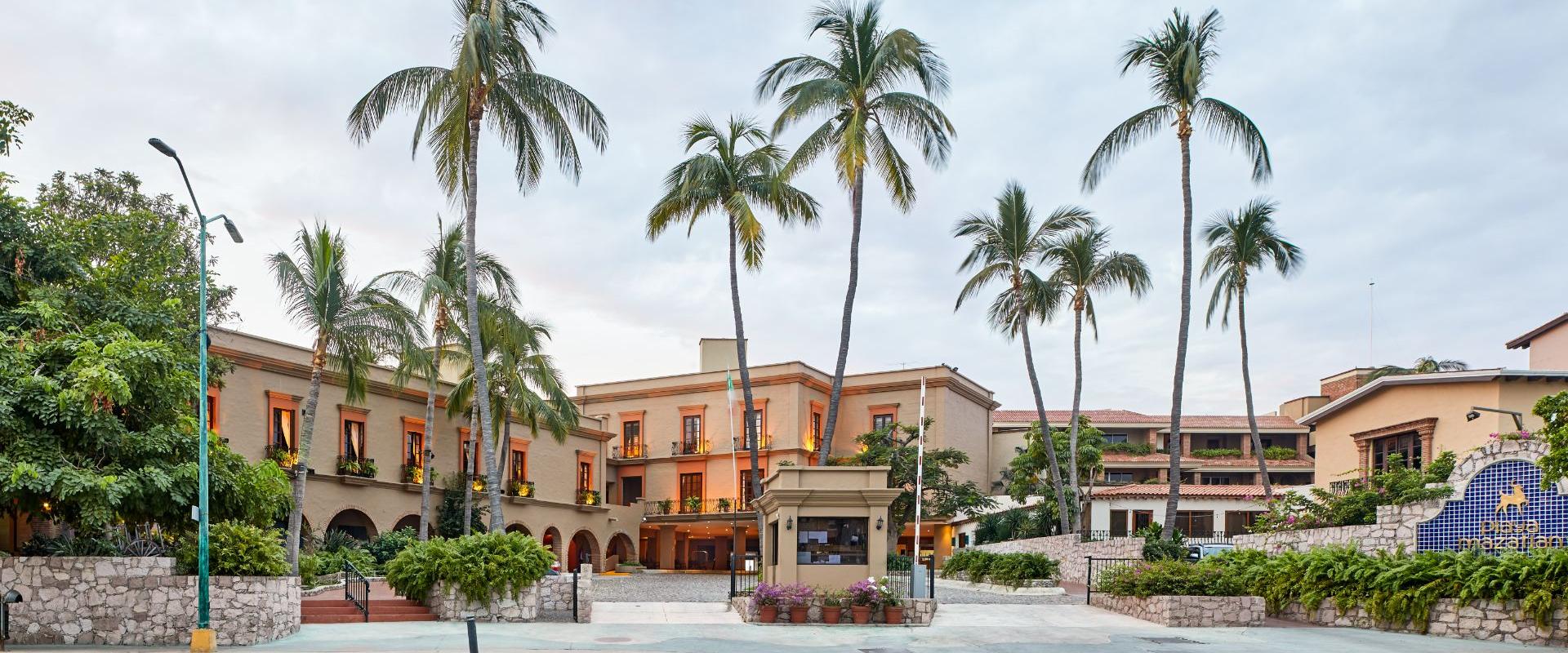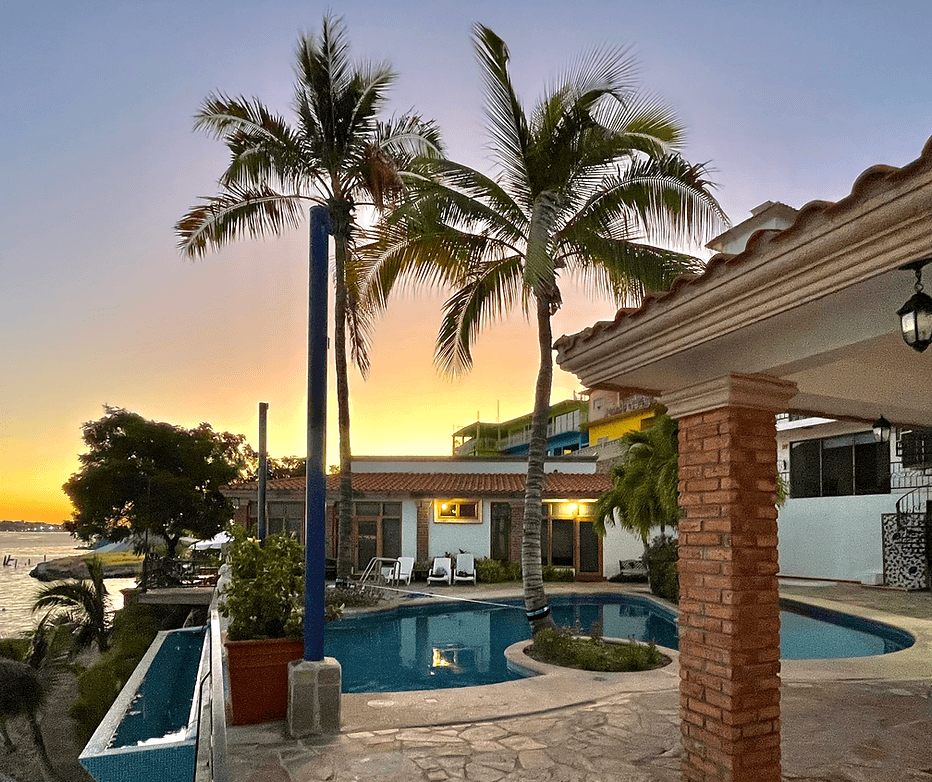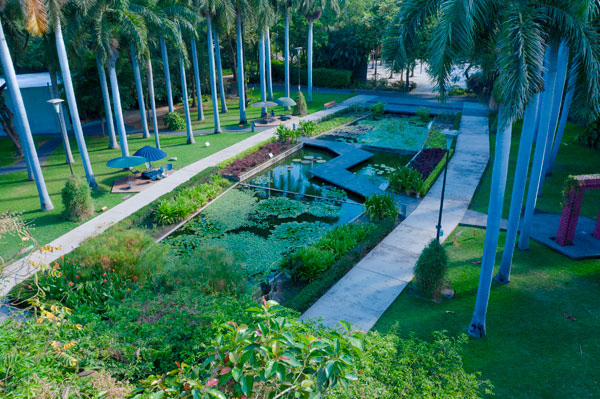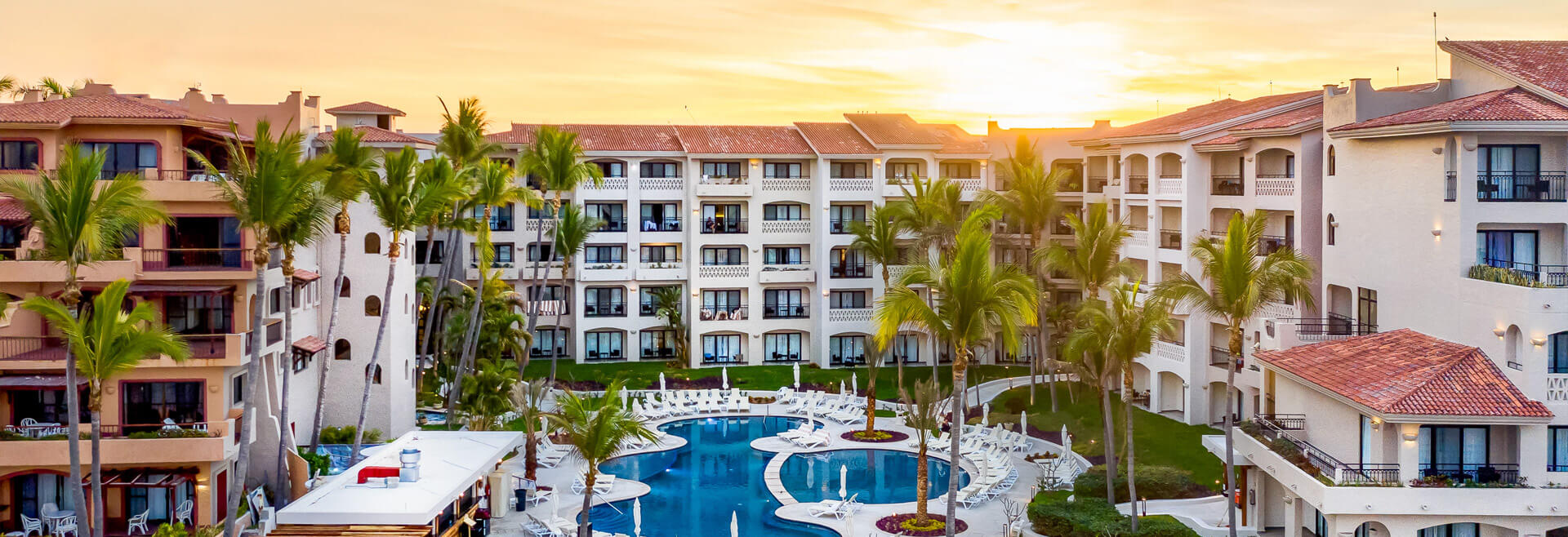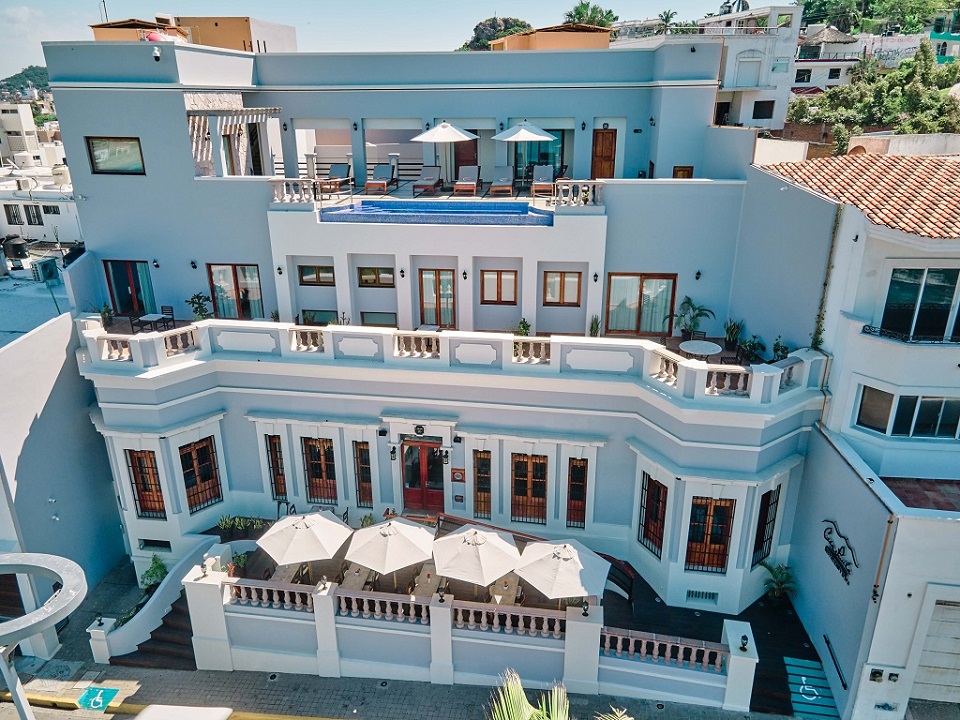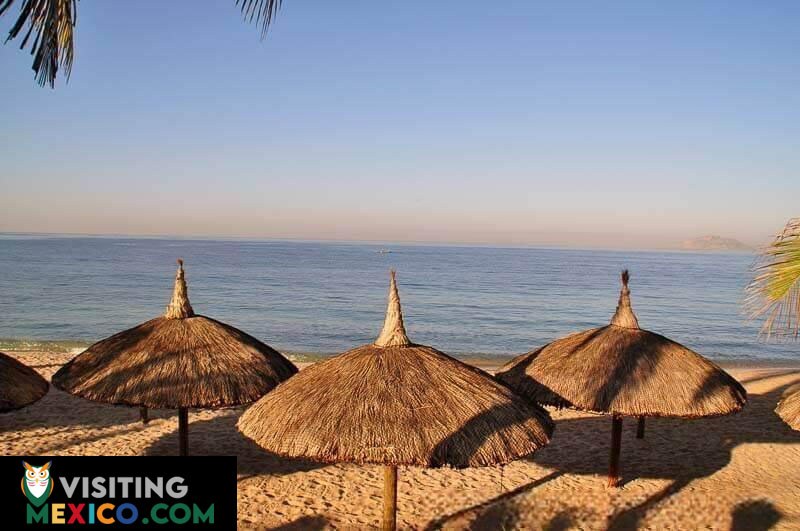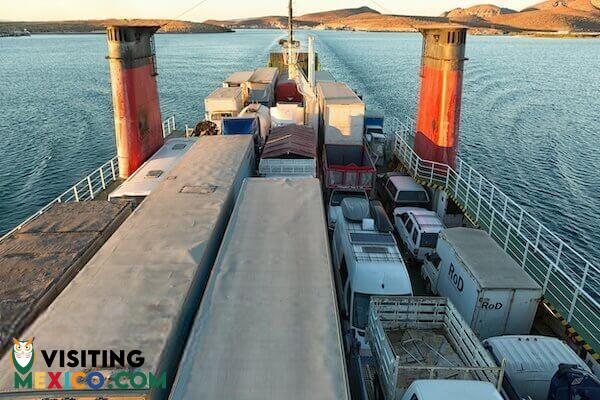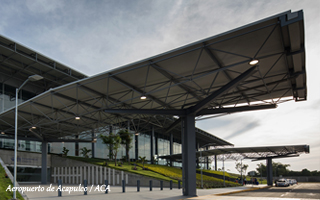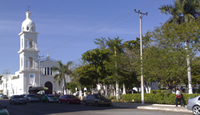IMPORTANT FACTS ABOUT SINALOA
It became a state in 1830 and is home to a population of 2,788,423 people. It has an area of 22,153 square miles, making it the eighteenth largest state in the country. Sinaloa consists of eighteen municipalities and also has jurisdiction over various islands like Palmito de la Virgen, Santa Maria, and San Ignacio.
Essentially six major indigenous tribes made their home in the state before the arrival of the Spanish. These tribes include the Cahita, Pacaxee, Totorame, Tahue, Xixime, and Acaxee and were primarily hunter-gatherer peoples. Though most of these tribes were peaceful and lived in scattered settlements throughout the region, the Cahita were known as notorious cannibals and fierce warriors. Little is known, however, of the earliest groups who entered the region. The study and excavation of the state’s ancient peoples and sites still continue.
The Spanish, under the mantle of hated Conquistador Nuno Beltran de Guzman, fought its way to the Pacific Ocean through Sinaloa in 1529. Guzman’s army was able to defeat many Cahita warriors as a powerful army. Ultimately it was an epidemic that killed most of them during their time in Sinaloa. Nevertheless, Guzman managed to establish the city of San Miguel de Culiacan. In spite of uprisings and fighting between the indigenous people and the Spanish, the Spanish still managed to build other import cities like El Fuerte.
GEOGRAPHY AND LANDSCAPE
With its nearly four hundred miles of coastline, Sinaloa lies on both the Sea of Cortez (also known as the Gulf of California) and the Pacific Ocean. The state’s coastal lands are mainly plains and prairies with hills. The gentle slope of the coastal region is ideal for agriculture and pastures. Heading inland, Sinaloa crosses the Western Sierra Madre with various deep canyons and peaks. Shallow rivers like the Culiacan, Presidio, Tamazula, Fuerte, and Sinaloa also cross the state. The mountainous regions are a hot climate and home to animals like wild cats, deer, and wild boar. The coast is great for fishing; coastal waters are home to sea bass, grouper, snapper, and shrimp to name a few types of marine life. The capital, in the western region of the state, is surrounded by agricultural lands where vegetables, fruit, and even cotton are grown.
TOURISM IN SINALOA
Many tourists visit the state to enjoy its beaches or other state attractions. Its most popularly visited city is Mazatlan, a coastal resort town known for its beaches of lustrous white sand and spectacular surfing. Santa Maria Island and its surrounding islands are also noted tourist destinations. Sportfishing for mahi-mahi, sailfish, and swordfish. There are also cultural and historical attractions throughout the state.
At the confluence of the Humaya and Tamazula Rivers where they flow into the Culiacan River, the capital was founded by Guzman when it initially went by the name of San Miguel de Culiacan. Centrally located in the state, Culiacan is an important food processing and distribution hub for the northern section of the country. The capital is famous for its cathedral, but most especially for its thermal baths that draw tourists from far and wide to experience the city’s spas and resorts with therapeutic waters.
OTHER THINGS TO SEE AND DO IN SINALOA
Isla de Piedra: To the south of Mazatlan, this island has a paradise-like atmosphere. Pristine beaches and a landscape brimming with toucans, parrots, and other majestic birds. Los Mochis: A great city for sports, Los Mochis is famous in Mexico as a premier wrestling city. It’s also popular for baseball and soccer; many tourists and sports fans visit the city to catch a performance by their favorite sports teams.
Topolopambo Bay: This remarkable bay is less than twenty miles from Los Mochis. It’s a favorite Sea of Cortez destination for fishing. Tourists come here for fresh seafood dishes. They also have a Ferry here at this port that allows you to cross the Sea of Cortez to Baja California Sur.
Sinaloa Art Museum: a popular attraction set in a nineteenth-century building in Culiacan. Its impressive collection includes works by artists like Diego Rivera and Francisco Toledo.
DRIVING TO SINALOA FROM THE STATES
If you’re crossing the Mexican border from the United States, make sure to check the following links before you head out.
- Mexico border crossing checklist
- Depending on what you’re driving:
Plan a trip to Sinaloa

